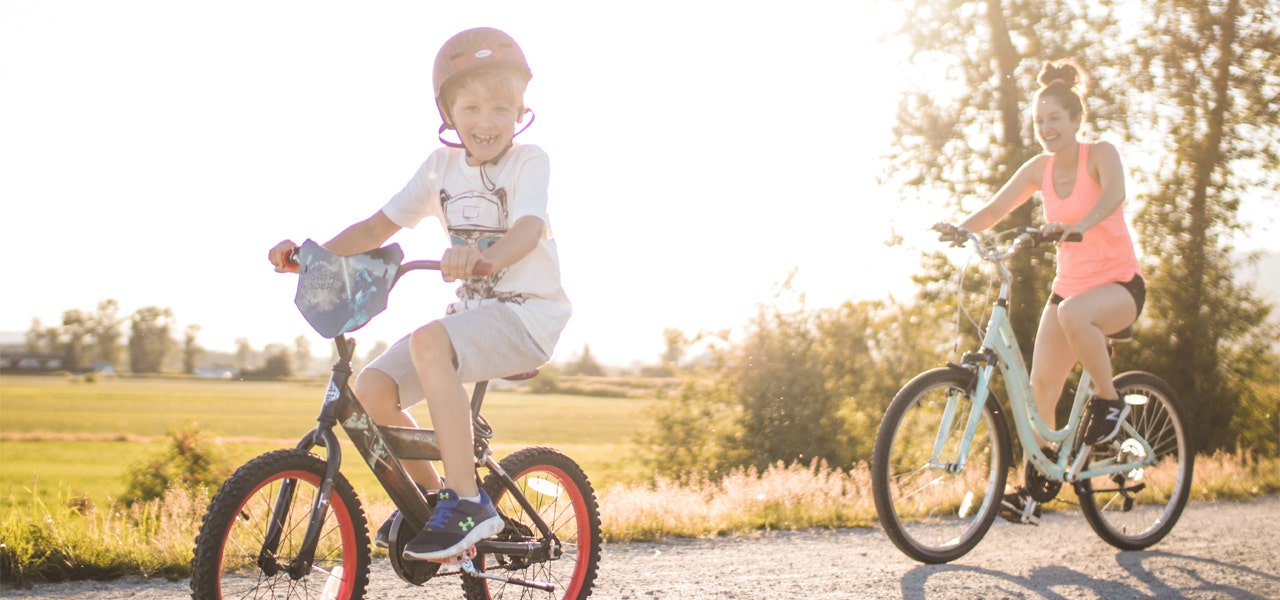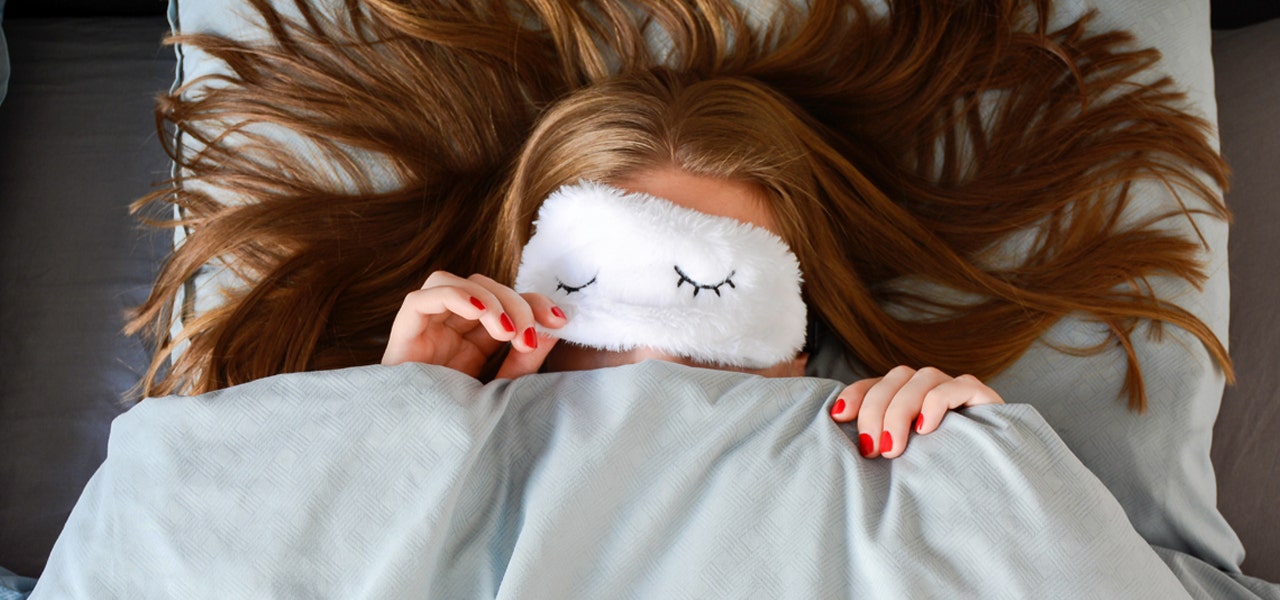The first breaths of spring in March are a glorious thing. You’ve survived another winter. The prospect of summer gleams in the distance. The earth buds and blooms and begins anew.
But there’s a certain, unavoidable bump in the road that comes with the changing of the seasons each year: the spring time change. Spring Forward is a blight upon an otherwise blissful time of year, as are the disturbances in sleep and routine that come along with it.
When you move your clock forward an hour in the spring, you don’t just affect your schedule – you throw off your whole body’s internal clock, too! But how does this happen? And how do we adjust? We’ll break it down for you.
Why Does Losing an Hour of Sleep Hit Us so Hard?
Waking up early to catch a flight, getting up throughout the night with a stomach bug, staying up later than you should on a work night – regardless of the circumstances, losing sleep is the worst. But, you can shrug it off, get a better night’s sleep the next day, and get back to feeling 100%. The same goes for the spring time change … right?
Not necessarily. Waking up a couple hours earlier one morning or catching a 24-hour stomach bug are incidental events – setting the clock forward is a semi-permanent shift. Changing the clocks may seem like just a momentary inconvenience, but the spring time change can actually disrupt your circadian rhythm.


What Is Your Circadian Rhythm?
Your circadian rhythm is your body’s internal clock, and it governs your daily cycle of sleeping and waking. This rhythm contributes to things like:
- Metabolism
- Immune system
- Mental health
Of course, circadian rhythm also plays a big part in your quality of sleep. Your circadian rhythm is synced with sunlight. Most people are awake during the day when the sun is up, and asleep at night when the sun goes down.
It doesn’t matter what time the clock says because your circadian rhythm is a natural process. Your body distinguishes day from night based off of the sun rising and setting – not the 12-hour clock, a measurement invented by humans.
How Long Does it Take to Recover from the Spring Time Change?
Have you ever experienced jet lag? Similar to traveling to a new time zone, changing the clocks throws off your circadian rhythm. It takes time for your body to adjust and reset.
Don’t be too hard on yourself – understand that it will take a little “lag time” to transition to your new schedule. And everybody is different! You may find yourself waking up feeling refreshed and ready after a day or two, or the time change could affect your sleeping and waking patterns for as long as five to seven days.
Here’s How to Adjust to Daylight Savings Time


So, what can you do to make your Spring Forward as quick and painless as possible? The following tips are great for achieving healthier sleep any time of year, but especially during the week after the spring time change as you attempt to ease your transition.
Get a Head Start
Recognize that a change is coming and start preparing a few days early. About a week before you Spring Forward, try going to sleep 15-30 minutes earlier than your usual bedtime and waking up 15-30 minutes earlier. The more you can get ahead of the issue, the less recovery time you’ll have when the clocks change.
If you’re waking up feeling refreshed after going to sleep a bit earlier, don’t stop there – gradually increase your increments until you’ve made up that hour you’re about to lose. It’s a sum-zero game!
Don’t Change Your Alarm
Wake up at the same time as you would have before the time change. Yes, it may feel early. Yes, it may be darker outside than before. But sleeping in will only prolong your transition period, and it may leave you feeling worse than biting the bullet and getting out of bed on time.
The same goes for your bedtime. It may feel early, but try to go to sleep at the same time as you normally would. The sooner you get your new routine down, the sooner you’ll adjust.
Daylight Spending Time
This is perhaps the most important tip of them all: sunlight, sunlight, sunlight! Because your circadian rhythm is governed by the rise and fall of the sun, the key to resetting it is, naturally, sunlight.
Go outside and get some sun in the morning after the time change to help recalibrate your internal clock. The sooner you sync back up with the sun, the sooner you’ll start feeling back to your old self again.
Here’s a bonus tip: getting 30 minutes of exercise a day can help you to fall asleep more easily at night, so you can kill two birds with one stone by going for a walk around the neighborhood or taking a bike ride.
Make an Effort to Wind Down


Practice relaxation at the end of your day. A warm bath, a good book, meditation or chamomile tea, find what relaxes you and make that extra effort to prepare yourself for a restful night of sleep.
Your sleep environment can play a huge role in your ability to relax as well. Keeping your bedroom temperature cool, diffusing essential oils and sleeping on high-quality, certified organic bedding are great ways to help create the ideal environment for relaxation. Naturepedic’s EOS Series of organic mattresses gives you the freedom to design your sleeping experience exactly to your needs so you can get started on creating your optimal sleep environment – and surviving the spring time change!
Looking for time change sleep tips for your kids, too? Check out this Ultimate Guide To Daylight Savings Adjustment For Kids from a certified sleep coach.
 BABY
BABY  KIDS
KIDS  ADULT
ADULT  LEARN
LEARN  STORES
STORES 